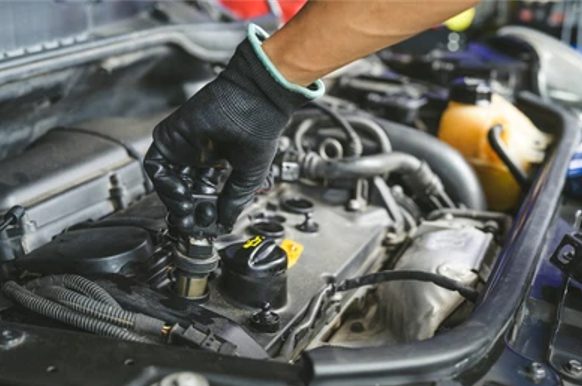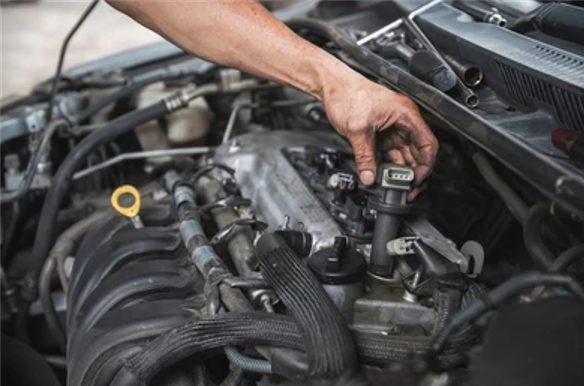How to Test Ford Coil Pack with Multimeter (5-Step Guide)

The winding unit is one of the most important parts of the motor. The coil plays a vital role in keeping your engine running by energizing the spark plug. It can fail for a variety of reasons, be it overheating, faulty settings, or many other causes.
Your Ford car breaks down one fine morning, and you discover its coil is not working at all. Now you are wondering: is this possible even to test this in the comfort of your home? Actually, the answer is pretty simple. You just need to follow this article from top to bottom. This will be your best friend in need indeed.
Coil pack testing is a quick and easy way to diagnose an electrical problem. To test ford coil packs using a multimeter, follow these steps:
- Step 1: Remove the electrical connection from the coil pack
- Step 2: Clean the coil package
- Step 3: Get a multimeter
- Step 4: Check the main coil package
- Step 5: Check the secondary coil package
Steps to Test Ford Coil Package with a Multimeter
Here are five simple steps that will teach you how to test your coil package with a multimeter.
Step 1: Remove the Electrical Connection from your Coil Pack
We are well aware of the fact that the coil pack has connections on both sides. One side connects from the battery to the other coil set and the other side from the spark plugs to the coil set. You need to remove all the connections. This will get the coil pack free from the motor.
Step 2: Cleaning of the Coil Package
The ignition coil package is one of the important parts of the car, it can sometimes get rusty and full of dust. A dirty port will make the check-in process difficult and inaccurate. The ports of the ignition coil must be cleaned because dust can get into the small parts causing inaccurate results. You can use a cleaning cloth or cleaning solution to clean it.

Step 3: Get a Multimeter
Actually, testing a coil package is nothing but testing its resistance. For this step, you have to get a multimeter to evaluate the resistance of the coil pack. For accurate measurement, you must set the measurement unit to 200 ohms before starting the test procedure. When ready, go to the next step.
Step 4: Check the Main Coil Package
The Ford coil package includes two types: Main coil and auxiliary coils. First, you must check the main coil package, it includes three ports on the main connector.
To check if the mains pack is off, put one port of the multimeter in the middle part of the main coil pack and another on both ports. The meter readings should be around 0.10 ohms, which is a sign that the primary coil pack is working properly.
Step 5: Check the Secondary Coil Package
As a final step, you have to reset your gauges. Reset the measuring unit to 20K ohms and place one port of the meter on one port of each coil package. If you get approximately 30K ohm readings from both sides, the coil pack is still working correctly and stably.

It is very important to check the coils of the car battery because they determine whether you can start the car engine or not. A good coil pack will have a resistance of 6,000 to 30K ohms. Each car engine will have 4 to 8 secondary windings, you have to test them all. Here’s a guide on how to check for battery drain with multimeter.
Safety Notes on Testing a Ford Coil Pack with a Multimeter
For your safety, you need to disconnect the battery first. Because the coil pack increases the capacity of the 12V DC to AC voltage, you could get an electric shock if you accidentally touch the coil. (1)
When performing the coil test, be sure to wear gloves. Gloves will also protect your hands from harmful chemicals. (2)
Wrapping Up
In this article, we have given full instructions on how to test the Ford coil pack with a Multimeter. I hope this knowledge will surely help you. Remember as you go through the process, make sure to take safety measures accordingly.
References
(1) electric shock – https://www.medicalnewstoday.com/articles/electric-shock
(2) harmful chemicals – https://ehs.mit.edu/chemical-safety-program/dangerous-highly-toxic-chemicals/
